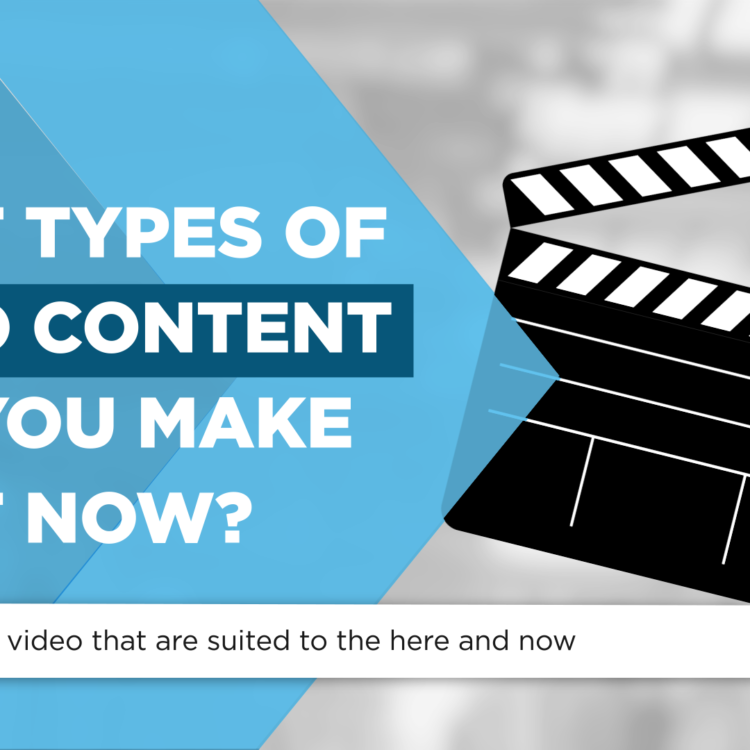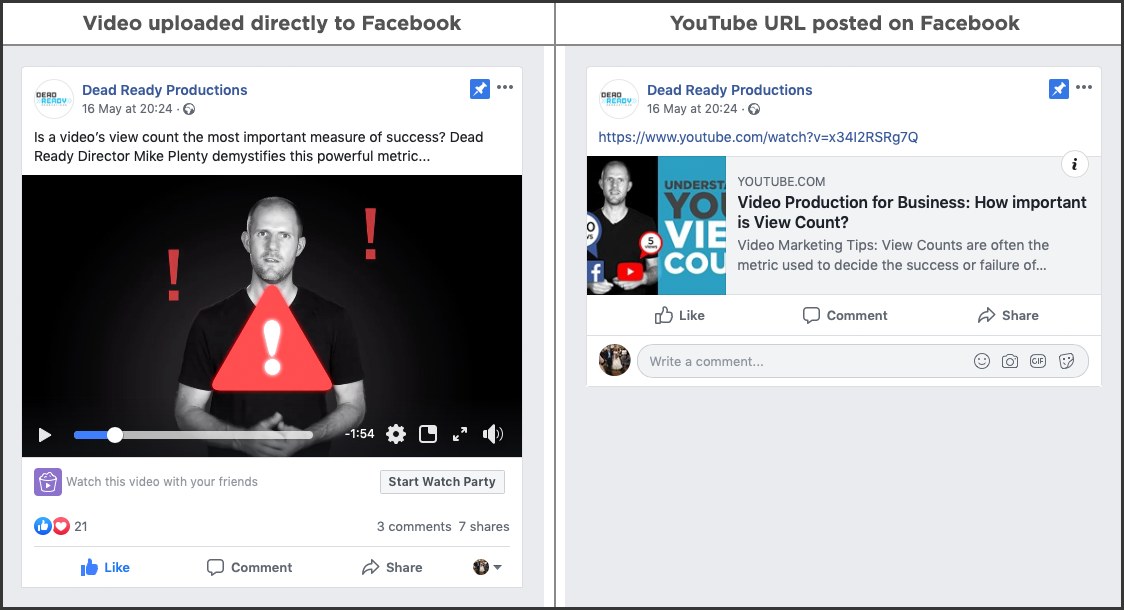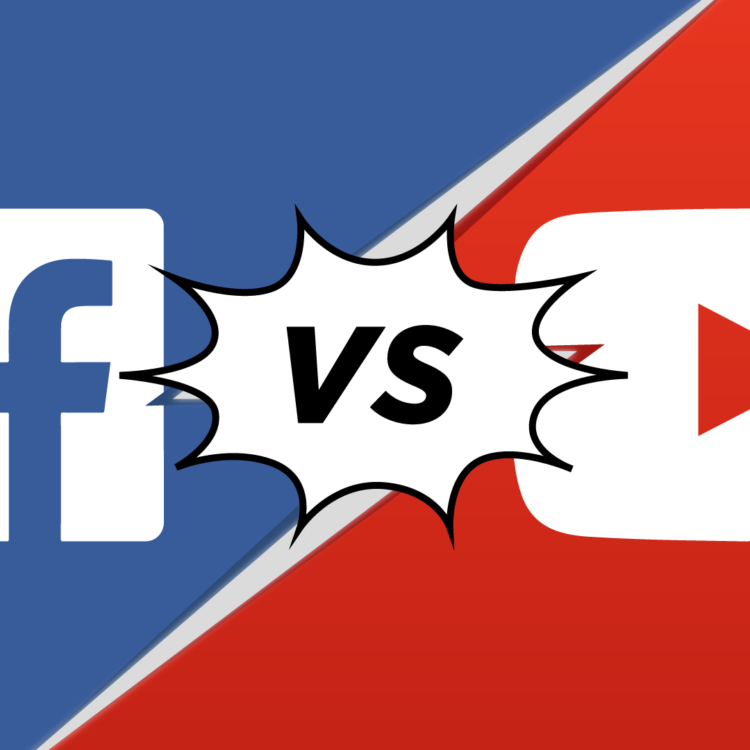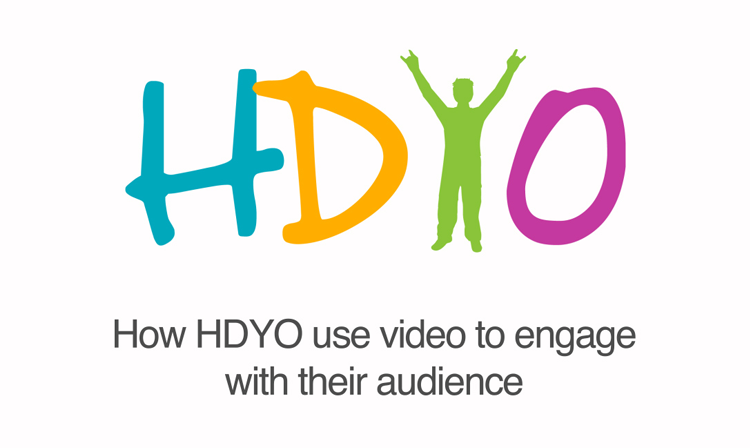What Types Of Video Can You Create Right Now?
As the Coronavirus pandemic has progressed, we’ve seen some dramatic rises in our social media and video usage. In the US, Facebook and YouTube websites saw an increase of 27% and 15% respectively between mid-January and the end of March.
TikTok was downloaded 315 million times in Q1 2020, making it the most downloaded app in any quarter ever. In the video conferencing world, Zoom was reporting 300 million daily meeting participants in April – up from 10 million in December.
These numbers are striking, but hardly surprising. While confined to our homes in various stages of lockdown, we’re all seeking the connectivity, information and entertainment that video provides. This means as a content marketer you now have an audience that is both more accessible, and more enthusiastic about video content, than ever before.
However, conflicting with this audience opportunity are new challenges. Live action filming has to comply with social distancing regulations, meaning large scale productions with vast film crews are less feasible. And the tone of your messaging needs to be carefully managed: disruptive, brash campaigns should give way to more informative, empathetic content.
So with all that said, what are some types of video that it’s relevant to create and distribute right now?
1. Company update vlogs
A vlog is one of the simplest and easiest types of video for anyone to make. Now is a great time to get a company representative in front of the camera to talk about how your business is responding to what’s going on. Your audience for this could be either internal or external, with customers and employees both likely to have a keen interest in what you have to say.
At it’s simplest level, your vlog could just be a one-take effort using your phone – raw, authentic and personal. Or you can take it further and add animated graphics, music and titles.
This video from the National Trust, about their plans for re-opening, is an example of this in action:
2. How-to videos and tutorials
How-to videos have been hugely popular for a long time, and right now they’re a great way to connect with your existing consumers and help them get the most out of your product.
These types of videos are particularly suited to product manufacturers and software developers. They can either be self-shot to give an informal and relaxed feel, or professionally produced to give them some extra flair. And they can be based on live action footage, or on animated graphics. For the live action variety, these types of videos generally don’t require huge crews or many on-screen personnel – so with the right precautions, they can be filmed right now.
The below video for Wrapmaster, a manufacturer of kitchen dispenser units, helps users understand exactly how to use their products:
3. Location Tours and 360 videos
Your audience is currently less mobile, so now is a good time to bring locations to them. A tour of a venue or property is a great way to interest and inform viewers about somewhere they may be unable to attend in person.
These can take the classic form of a montage of shots of a location, a walkthrough of a location, or 360 degree photography and video.
The latter of these can be particularly immersive – the virtual tour featured on the Cary Arms website, a boutique hotel in Torquay, is a great example of a virtual tour.
Another video from the National Trust last week acknowledges that members are unable to visit one of their rose gardens in person, so offers them a chance to enjoy it via video:
4. Infographic animations
Currently audiences are primed for content that is informative and factual, evidenced by the upsurge in views for news content on YouTube. Animated infographic videos are a great way to package up facts and figures in an entertaining and memorable way. By using animated graphics, kinetic typography, music and (usually) voiceover, you can present information in a dynamic way that has lasting impact.
Creating an infographic video focused around your industry or area of expertise is a sure-fire way to engage your customers. And since these generally don’t require any live action footage, the production process for these videos is totally pandemic-proof.
An example of an infographic in action is this National Geographic video:
5. Live webcast presentations
Anyone who was running live webcasts before the pandemic is almost certainly running more now. But if you weren’t before, now’s a good time to give it a go.
Live webcasts provide a great opportunity to build in interactivity by allowing viewers to ask questions, take part in polls, and share their comments. It’s therefore a great way to provide some form of networking opportunity, given the current absence of trade shows and conferences. And of course, it gives you an avenue to demonstrate your expertise and give your brand some personality.
There are lots of other types of video content that can be created right now, and the possibilities will increase as restrictions are gradually lifted. We’ll be covering more of these in future, looking at those most relevant to specific industry sectors.
If you would like to find out more about the video, animation, photography and graphic design services Dead Ready Productions can offer your business, please feel free to get in touch via the button below or by calling +44 (0)208 339 6139.






